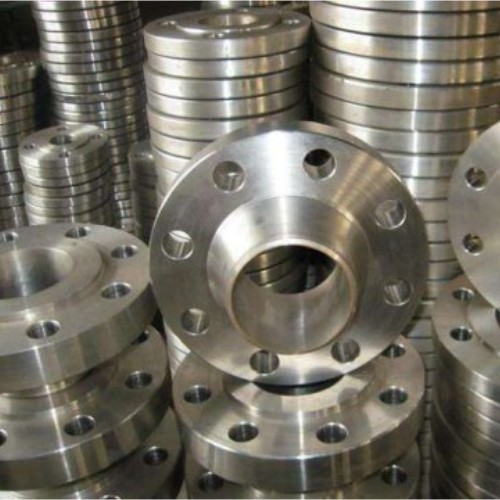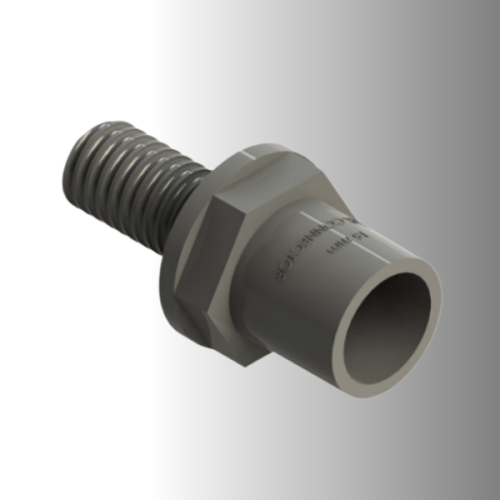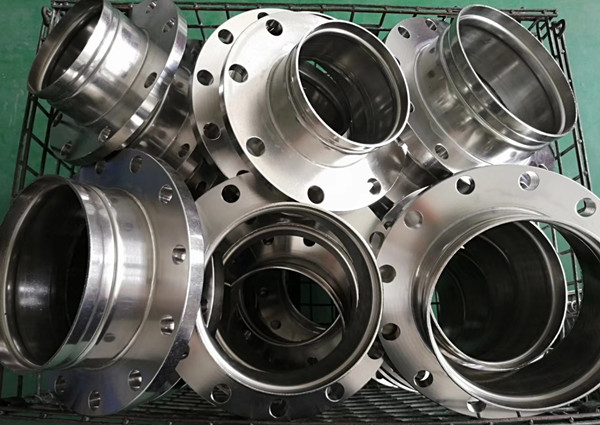BETTER TOUCH BETTER BUSINESS
Contact Sales at KAIDI.
Level meter is a widely used liquid level measuring instrument, which uses microwave signals to measure the height of the measured object with high accuracy and stability. In the process of using level meter, the choice of connection method has an important influence on the accuracy and safety of level measurement. This paper will popularize the connection methods of radar level meter, introduce the characteristics and application range of each connection method in detail, and combine them with radar level meter in depth.
First of all, flange connection, flange connection is a common connection method of radar level meter, which is applicable to various sizes of ships or pipelines. The flange connection requires the flange of the level meter to be connected to the flange of the vessel or pipeline and fixed by bolts. Flange connection has the characteristics of easy installation and good sealing, and can adapt to the measurement of various media. When using flange connection, care needs to be taken to select the appropriate flange specifications and materials to ensure the sealing and load-bearing capacity of the flange.

The second type of threaded connection, the threaded connection is a common type of level meter connection for small vessels or pipelines. The threaded connection requires the threads of the level meter to be connected to the threads of the vessel or pipe, which are held together by thread tightening. Threaded connections are easy to install and have good sealing characteristics, and can be adapted to the measurement of small vessels or pipelines. When using a threaded connection, care should be taken to select the proper thread size and material to ensure the sealing and load-bearing capacity of the threads.

The third type of clamp connection, a clamp is a ring-shaped clamping device that secures the level meter to the outer wall of a pipe or vessel. A clamp usually consists of two semicircular parts connected by a bolt or quick device in the middle. During installation, the clamp is placed over the pipe or vessel, the two semicircular parts are put together, and then the level meter is clamped into the clamp, and the level meter is fixed by adjusting the tightness of the clamp. The clamp connection has the features of easy installation and easy disassembly, and is suitable for the level measurement of small pipes or vessels. It can adapt to the measurement of various media, and the installation process is simple and quick. However, compared with other connection methods, the sealing of clamp connection may not be as good as other connection methods, and it needs to be selected according to the actual situation and strengthen the protection measures.

The fourth type of insertion connection, the insertion connection is a special type of level meter connection for certain special vessels or pipes. The plug-in connection requires the probe of the level meter to be inserted inside the vessel or pipe and held together by a fixing device. The plug-in connection is easy to install and adaptable to various shapes and sizes of vessels or pipes. When using the insertion type connection, care needs to be taken to select the appropriate probe material and length to ensure the stability and accuracy of the probe.
The above four connection methods are common radar level meter connection methods, and their selection needs to be based on the actual situation. Whether flange, thread or other connection methods are for the instrument and working conditions. The main thing is to give full consideration to the working conditions, according to the working conditions to choose the specific connection method.
We are here to help you! If you close the chatbox, you will automatically receive a response from us via email. Please be sure to leave your contact details so that we can better assist